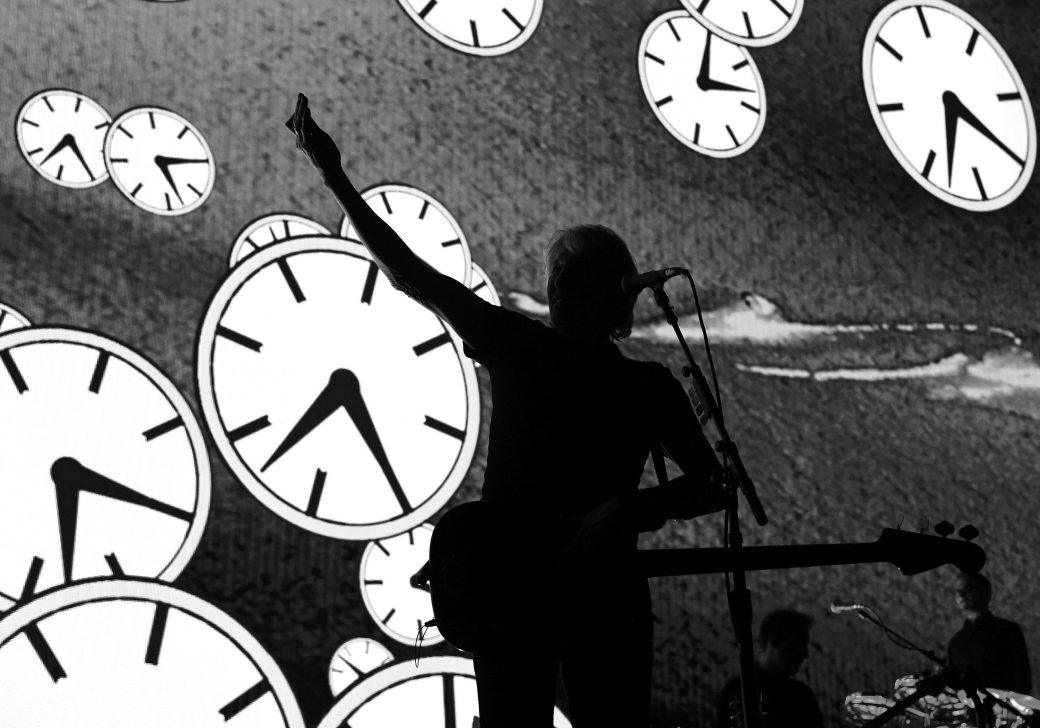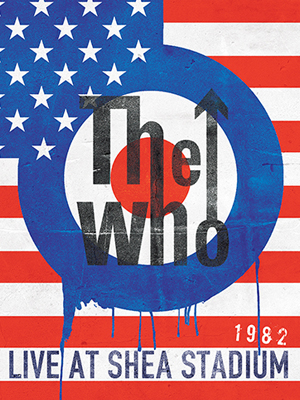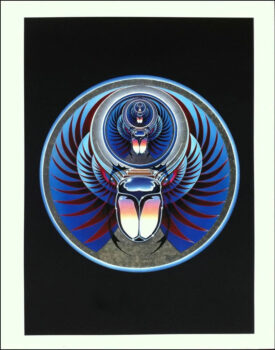5 Classic Rock Albums Celebrating 50 Years
1973 was a year of significant changes that continue to shape the world we live in. It was also a year of great music. We look back at some of the classic rock albums that still resonate to this day.
By bonneville on April 4, 2023

In 1973….
1973 was a year of significant political and technological change, with several events that continue to shape the world we live in today. A few highlights:
- The US ended its involvement in the Vietnam War as a peace agreement was signed in Paris, marking the beginning of the withdrawal of US troops.
- The Watergate scandal rocked the US political landscape, leading to the resignation of President Richard Nixon in 1974.
- The Yom Kippur War broke out in the Middle East, leading to a massive global oil crisis and energy shock.
- The world’s first mobile phone call was made in New York City by Motorola employee Martin Cooper.
- The US Supreme Court legalized abortion in Roe v. Wade, a landmark decision that still sparks political debate today.
- The Sydney Opera House opened in Australia, becoming one of the world’s most iconic buildings.
- Jack Kilby of Texas Instruments invented the first handheld electronic calculator, revolutionizing how people calculated numbers.
- The World Trade Center in New York City was completed.
- The Chilean President Salvador Allende was overthrown in a coup d’état led by General Augusto Pinochet, leading to a dictatorship that lasted until 1990.
- The Sears Tower (now known as the Willis Tower) in Chicago was completed, becoming the world’s tallest building (until the Petronas Towers’ completion in 1998).
It was also a year of great music. Below is a look back at some of the classic rock albums that still resonate today.
“Dark Side of the Moon” by Pink Floyd
Released on March 1, 1973, “Dark Side of the Moon” is one of the most critically acclaimed albums, featured on the Billboard charts for 971 weeks – the longest in history. The themes of the album, which explore the vast expanse of the cosmos and their reflection in the interior space, navigate the human spectrum of emotions spanning greed, sorrow, time, and conflict. It is the fourth best-selling album of all time, with over 45 million records reportedly sold.
Pink Floyd conceived of the album during their live tours following “Meddle,” as they faced immense pressure, especially with former bandmate Syd Barrett’s mental health issues. It is now commonly paired with laser and light shows across college campuses and planetariums and has spawned countless philosophical discussions about the meaning of life.
One of the beauties of Dark Side of the Moon is in its production: the band created a masterpiece on a theatrical level. This concept album flows in a cosmic journey played from beginning to end. The songs are divided into shorter pieces though so DJs could play them on the radio, introducing the album to a mass audience. The songs’ themes ultimately end with basic questions such as how to resolve conflict, confront death, and live a life full of meaning.
It’s significance on culture cannot be overstated. Along its many awards and rankings, covers and adaptations, the album was even chosen to be archived in the National Recording Registry by the Library of Congress in 2013.
“Sabbath Bloody Sabbath” by Black Sabbath
The fifth release from Black Sabbath is considered one of the groundbreaking classic rock albums that paved the path for heavy metal rock to rise in popularity. Through experimentation in progressive rock, jazz, and classical music, band members expanded their musical palette and set new standards for the genre. This album is said to have inspired members of other notable heavy metal bands, such as Metallica, Slayer, and Iron Maiden.
Due in part to the band’s substance abuse and fatigue, band members felt uninspired to develop new ideas, delaying the release. After a month of falling flat in LA, the band relocated to Gloucestershire, England, and recorded in Clearwell Castle. According to legend, the bandmates ran into spirits and ghosts who inspired lead guitarist Tony Iommi to write the riff for the album’s title track. The haunting of the castle awakened their insight to create the rest of the album, as they had fun pulling pranks on each other in the dungeons of their medieval dwelling.
The album explores themes of birth and death and ventures into darker subjects that cover mental illness, politics, and spirituality. Their vast repertoire of instrumentation spans from strings, the flute, an organ, synthesizers, and keyboards, allowing for more complex arrangements and exciting compositions that resonated with fans and critics after release.
“Goodbye Yellow Brick Road” by Elton John
Considered to be John’s magnum opus, “Goodbye Yellow Brick Road” includes the classic hits “Candle in the Wind,” “Bennie and the Jets,” and the self-titled track. It was inducted into the Grammy Hall of Fame in 2003 and features many tracks that John still performs.
The album began recording in Kingston, Jamaica, after John learned that The Rolling Stones had recorded “Goats Head Soup” there. However, the production team left before completion due to logistical reasons, including political unrest in the country. The rest of the production occurred in Château d’Hérouville near Paris, France.
The classic rock album was released on two discs with 17 tracks and a run time of under 80 minutes. The variety of performances all meld into the persona of Elton John, with energetic beats and a funky spirit that gave rise to John’s popularity. It far surpassed popularity and reception from his earlier release in ’73, “Don’t Shoot Me I’m Only the Piano Player,” though both albums saw commercial and critical success.
“Houses of the Holy” by Led Zeppelin
Houses of the Holy was the fifth album released by Led Zeppelin on March 28, 1973. The album was released to mixed reviews, especially after following up on their previous release, “IV,” but has seen commercial success and cemented itself as a niche album in their collection of noteworthy masterpieces.
The album departed from their earlier albums, from blues and rock to funk and reggae. It also showed the band’s playful spirit, as seen in “The Rain Song,” which was a direct response to a comment from George Harrison, who said the band never did any ballads.
The album was produced at the home studios of Jimmy Page and John Paul Jones and in the Rolling Stones Mobile Studio outside of Mick Jagger’s Stargroves home in Hampshire. It made it to Billboard’s #4 Album of the Year in 1973 and has made it to Rolling Stones magazine’s “500 Greatest Albums of All Time.”
“Quadrophenia” by The Who
This rock opera, released on October 26, 1973, was the sixth studio album from The Who and was entirely composed by lead guitarist Pete Townshend. It was the third rock opera released by the band, but its’ popularity and reception paved the way for other rock operas such as Pink Floyd’s “The Wall” and Genesis’s “The Lamb Lies Down on Broadway.”
“Quadrophenia” chronicled the life of a mod named Jimmy and strongly influenced the mod revival movement of the ’70s, especially after the film adaptation’s release in 1979. It tells the story of a young man who struggles to find his identity and place in society. Townshend gave Jimmy a four-way split personality which led to the album’s title, a play on schizophrenia. The four personalities coincide with the four members of The Who, and Townshend wrote four different themes to reflect each one.
Though less popular than other classic rock albums released by The Who, Townshend considers it the last great album the band recorded. The album has ranked in the top 500 greatest albums by Rolling Stone magazine at #267 and in the top 100 greatest albums by VH1 at #86.
Other noteworthy albums released 50 years ago
“Goats Head Soup” by The Rolling Stones
“A Wizard, A True Star” by Todd Rundgren
“Berlin” by Lou Reed
“Queen” by Queen
“Aladdin Sane” by David Bowie
“Living in the Material World” by George Harrison
Related articles:








